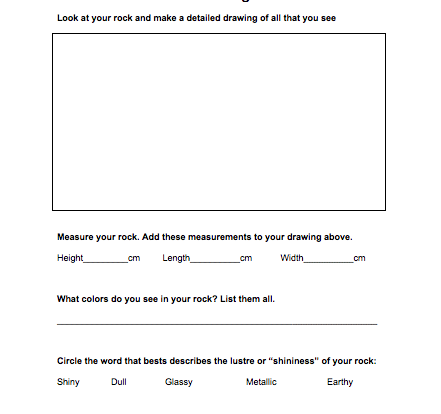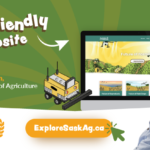-
Many in agriculture know someone whose life has been affected by a farm-related injury or death. The statistics are sobering. Even more tragic is that these incidents could have been prevented with a few simple safety precautions. That’s why the Progressive Agriculture Foundation® is on a crusade to bring safety and health information to the farming communities who desperately need it. The mission of the Progressive Agriculture Safety Days is simple – to provide education and training to make farm and ranch life safer and healthier for children and their communities.
At the heart of this effort is the Progressive Agriculture Safety Day® program. This educational program provides training and resources for local communities to conduct one-day safety and health programs. Safety Days are designed to be age-appropriate, hands-on, fun, and safe for children.
To learn more visit: https://www.progressiveag.org/

-
Review Alberta’s provincial bird (great horned owl), tree (lodgepole pine), and flower (wild rose). Visit the wild rose shrub and the lodgepole pine and discuss their characteristics. Discuss the great horned owl and adaptations for winter. At each stop, students fill out the worksheet with their drawings. Record the temperature. Wrap-up: share cool facts discovered about Alberta.
-
Calgary, AB students have the ability to learn about local plant life and habitat conditions near the Elbow River through this Riverine Forest study/activity sheet.
-
Discuss rock properties and how students can identify an unknown rock (lustre, scratch test, sound volume/pitch). Students investigate their rock by using a scratch test, and tapping their rock to observe the sound made. Wrap up: Discuss student answers/ observations.
*This activity will require rock samples.
-
Discuss the different types of rock (igneous, metamorphic, sedimentary) and the clues students can use to identify an unknown rock (texture, size, lustre, scratch test, etc.). Students are given a rock to observe and answer questions on the activity sheet. After answering the questions students guess which type of rock they have. Wrap up: Confirm which rock each student has, and walk them through the investigation if necessary.
*This activity will require vinegar and rock samples.










